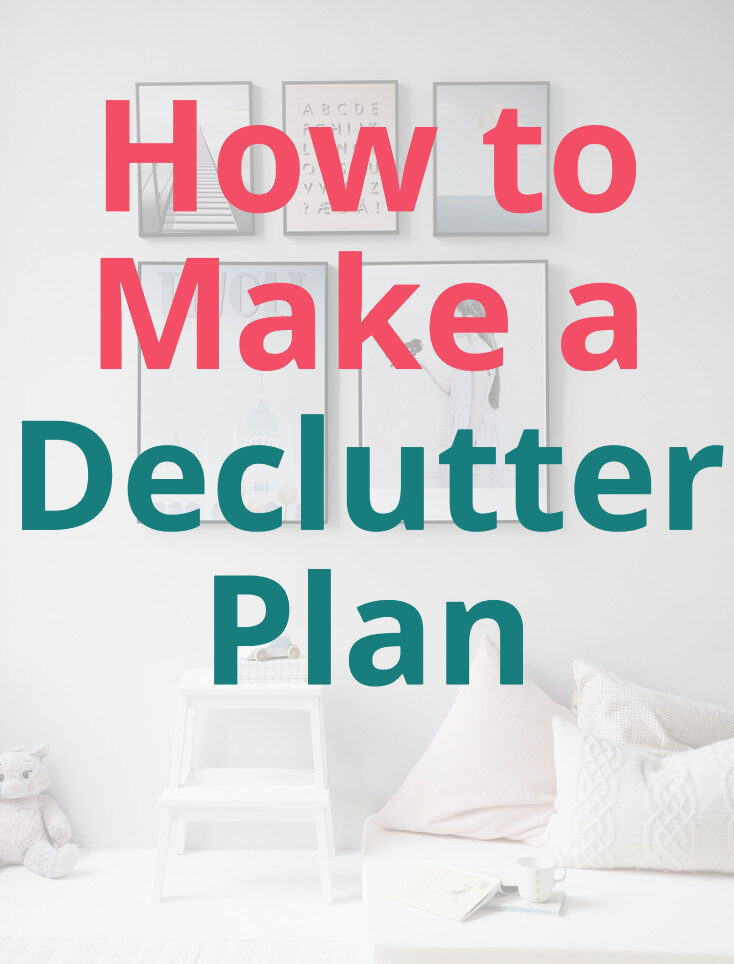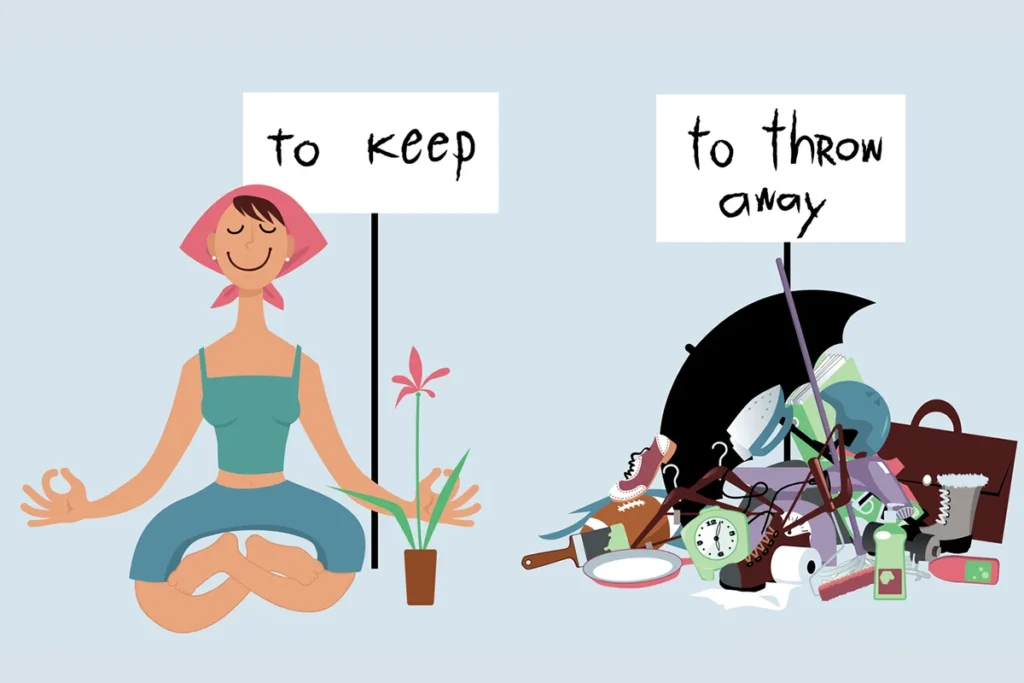Downsizing can be a daunting task for anyone, but it can be especially challenging for seniors. The thought of parting with a lifetime of memories and possessions can feel overwhelming. But with the right approach and a little help, decluttering can actually be a positive and liberating experience. If you or a loved one in Buffalo is considering downsizing, these tips will help make the process smoother and less stressful.
Understanding the Need for Decluttering
Why Seniors Should Consider Decluttering
For many seniors, decluttering isn’t just about making space—it’s about simplifying life and reducing stress. As we age, keeping up with a large home and all the belongings within it can become more difficult. Downsizing to a smaller, more manageable space can free up time and energy for the things that really matter.
Additionally, decluttering is often a necessary step in preparing for a move to a smaller home, apartment, or assisted living facility. It’s not just about making the move easier; it’s about ensuring that the new space is safe and comfortable. Clutter can pose safety risks, such as tripping hazards, which is why it’s so important to tackle it before making the transition.
Planning the Decluttering Process
Start with a Clear Plan
Before diving into decluttering, it’s essential to have a clear plan. Start by assessing the size of the new space and identifying which items are truly essential. This will help guide decisions on what to keep and what to let go of.
Create a timeline to avoid feeling overwhelmed. Decluttering can be physically and emotionally taxing, so spreading it out over several weeks or even months can make it more manageable. Break down the process into smaller tasks, such as focusing on one room at a time, to keep things moving without becoming too overwhelming.
Involve Family and Friends
Decluttering can be an emotional journey, especially when it involves sorting through decades of memories. Involving family and friends in the process can provide much-needed emotional support. They can also help share stories about certain items, making the experience more enjoyable and less stressful.
Having a loved one by your side can also make the decision-making process easier. They can offer a fresh perspective on what to keep and what to let go of, helping to make those tough calls a little less daunting.
Set Realistic Goals
It’s important to set realistic goals when decluttering. Trying to do everything at once can lead to burnout and frustration. Instead, focus on one area at a time and set daily or weekly goals to maintain momentum.
For example, you might decide to tackle the kitchen this week and the living room next week. By breaking the process into smaller, more manageable tasks, you’ll be able to see progress without feeling overwhelmed.
Practical Tips for Decluttering
The “Keep, Donate, Discard” Method
One of the most effective ways to declutter is to use the “Keep, Donate, Discard” method. Start by sorting items into three categories: keep, donate, and discard. This helps to simplify the decision-making process and ensures that nothing is overlooked.
When deciding what to keep, consider whether the item is essential, useful, or holds significant sentimental value. Items that are no longer needed or used can often be donated to local charities or given to family members. Items that are broken or no longer usable should be discarded.
Prioritize Sentimental Items
Sentimental items are often the hardest to part with, and that’s okay. It’s important to take the time to carefully select which sentimental items to keep. Consider creating a memory box or digitizing photos and documents to preserve memories without taking up too much space.
Remember, it’s not necessary to keep everything. A few cherished items can often hold more meaning than a house full of possessions. By prioritizing sentimental items, you can keep the most meaningful pieces while still reducing clutter.
Downsizing Large Items
Large items like furniture, appliances, and collections can be challenging to downsize. Start by assessing which items will fit in the new space and which ones won’t. If certain items hold sentimental value but aren’t practical to keep, consider passing them down to family members or selling them.
For items that aren’t needed, donating or recycling is often the best option. Many charities in Buffalo will gladly accept gently used furniture and appliances. If you’re not sure where to start, Quick Help Junk Removal can assist with large item removal, making the process easier and less stressful.
Utilizing Professional Help
When to Consider Professional Junk Removal Services
Decluttering can be a big job, especially when it involves large items or bulk removal. If the thought of handling it all on your own feels overwhelming, it might be time to consider professional help. Quick Help Junk Removal offers expert junk removal services in Buffalo and the surrounding areas, making it easier to get rid of unwanted items quickly and efficiently.
Our team can handle everything from old furniture and appliances to large piles of clutter. We understand that downsizing is an emotional process, and we’re here to help make it as smooth and stress-free as possible. Whether you need a little help or a lot, we’re just a phone call away.
Additional Resources for Seniors
Buffalo offers a variety of resources for seniors who are decluttering and downsizing. Local donation centers, senior moving services, and community programs can provide additional support. Quick Help Junk Removal is also here to assist with any junk removal needs, making the transition easier and more manageable.
Making the Transition Easier
Preparing for the Move
Once the decluttering process is complete, it’s time to start preparing for the move. Packing efficiently and staying organized are key to ensuring a smooth transition. Be sure to label boxes clearly and create an inventory list to keep track of everything.
It’s also a good idea to pack a “first-night” box with essentials like toiletries, medications, and a change of clothes. This will make settling into the new space easier and more comfortable.
Adjusting to a New Space
Moving into a smaller space can be an adjustment, but with a little planning, it can quickly feel like home. Arrange the space to maximize comfort and accessibility, and make sure that frequently used items are easily accessible.
If you’re struggling to make the new space feel like home, consider adding personal touches like photos, favorite books, or a cozy throw blanket. These small touches can go a long way in making the space feel warm and inviting.
Downsizing can be a challenging process, but it can also be an opportunity for a fresh start. By decluttering and simplifying your life, you’re opening the door to new possibilities and experiences. Embrace this new chapter with an open mind and a positive attitude.










